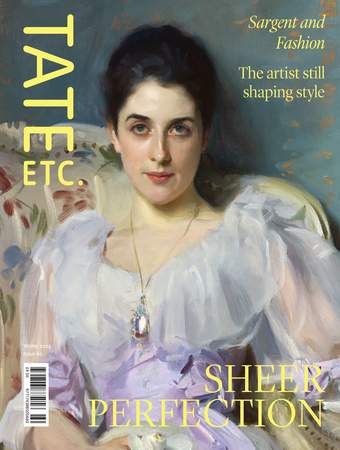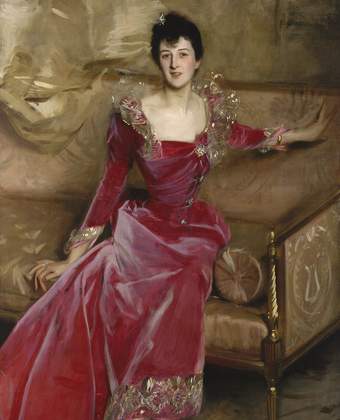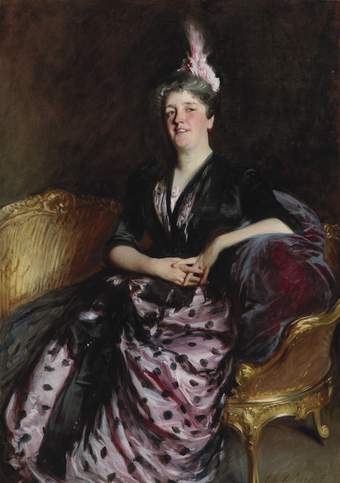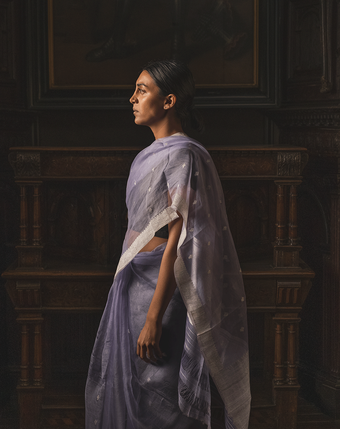
The chorus of the Paris Opera entertained guests at the marriage of Aline de Rothschild and Edward Sassoon in 1887. He gifted her a pearl necklace for the occasion, possibly the very one nestled under the voluminous black taffeta opera cloak she wears for John Singer Sargent’s magnificent 1907 portrait, Lady Sassoon. The pearls were inherited by her daughter, Sybil, Countess of Rocksavage (later titled Marchioness of Cholmondeley), who wore the ‘opera-length’ strands when she too posed for Sargent in 1922.
Melodramatic by definition, opera has always inspired theatrical fashions. It has its own array of accessories: opera-length pearl necklaces (traditionally 26–35 inches), mousquetaire opera gloves reaching to the elbow and buttoned along the inner wrist, collapsible opera top hats for stowing under a seat, opera-length cigarette holders (ranging from 16 to 20 inches), and gem-embellished opera glasses, often made from gold, silver and ivory.
But the most indispensable item of apparel for attending the opera from the late 19th to the early 20th century was the cloak. It had to be practical enough to safely transport an operagoer from an inclement outside to the socially buzzing warmth of an auditorium. Ideally, it would be sweepingly glamorous too, since opera houses were a place for the social elite to see and be seen. In Edith Wharton’s 1905 novel, The House of Mirth, American socialite Lily Bart agonises over the purchase of an expensive new opera cloak. Wharton herself recalled ‘hanging over the stair-rail’ as a child, agog at her mother ‘resplendent in train, aigrette, and opera cloak’. Ankle- or floor-length, opera cloaks were traditionally dark, luxurious and dramatic, cut from velvet, silk or satin, often trimmed with fur, fastened at the neck and loosely fitted to envelop an evening gown.
Lady Sassoon’s cloak makes for a striking silhouette with its capacious sleeves, lace trim and ribbon fastenings. The pink satin lining – artfully exposed in Sargent’s portrait – reveals an interior equal to the theatrical black taffeta exterior. Taffeta – a word derived from the Persian tāfta for ‘silk’ or ‘linen cloth’ – is a crisp, stiff, plain-weave fabric favoured for ballgowns and wedding dresses since it retains shape so well. It is visibly and audibly luxurious. It lends the statuesque Lady Sassoon a sculptural quality. Sargent’s portrait of her, swathed in endless taffeta, hints at a world of sensational glamour.
Lady Sassoon’s opera cloak and Sargent’s 1907 portrait are included in Sargent and Fashion, 22 February – 7 July 2024.
Shahidha Bari is an academic, critic and broadcaster. She is the author of Dressed: The Philosophy of Clothes, and Look Again: Fashion, published by Tate Publishing.




